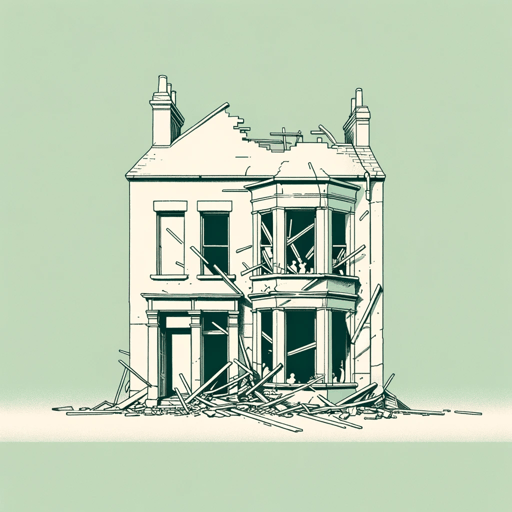56 pages • 1 hour read
Graham GreeneThe Destructors
Fiction | Short Story | Adult | Published in 1954A modern alternative to SparkNotes and CliffsNotes, SuperSummary offers high-quality Study Guides with detailed chapter summaries and analysis of major themes, characters, and more. For select classroom titles, we also provide Teaching Guides with discussion and quiz questions to prompt student engagement.
Story Analysis
Analysis: “The Destructors”
Greene converted to Catholicism in his twenties, in part to begin a long and often unhappy marriage to Vivien Dayrell-Browning, a devout Catholic. Despite their difficult relationship, which lead to them being estranged if not divorced, he took his faith seriously and made it the center of much of his fiction, including the novels The Power and the Glory, The Heart of the Matter, and The End of the Affair. Like many Catholics in the aftermath of World War II, Greene called for a return to religion. In Greene’s view, the Western world’s growing trust in science was misplaced. Science can improve lives, but it can also lead to the atomic bomb and the Holocaust. Greene believed science needs the counterbalance of religion if society is to be just and moral.
In “The Destructors,” Greene portrays the logical extreme of a fully secular society through a gang of hoodlum boys. Perhaps the beautiful home represents religious tradition, and the old man represents traditional morality overwhelmed by the destructive forces of materialism. From this perspective, “The Destructors” is an allegory, a story with a coded meaning that is beyond the literal action. T is the new leader of the gang, but he is also a 







Related Titles
By Graham Greene

Brighton Rock
Graham Greene

Monsignor Quixote
Graham Greene
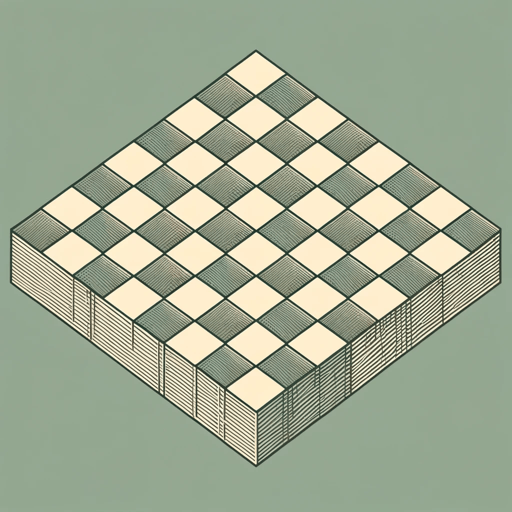
Our Man in Havana
Graham Greene

The Basement Room
Graham Greene

The End Of The Affair
Graham Greene

The Heart of the Matter
Graham Greene
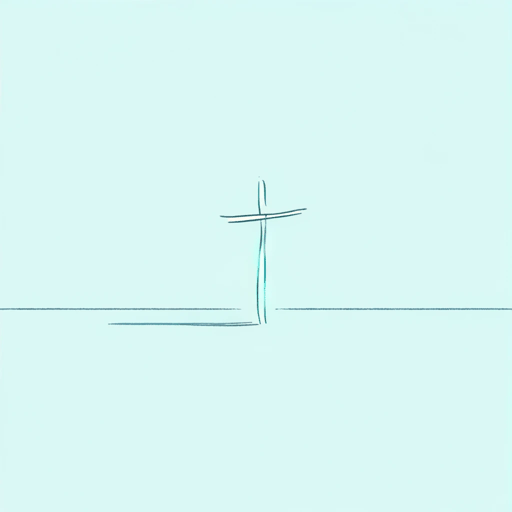
The Power and the Glory
Graham Greene
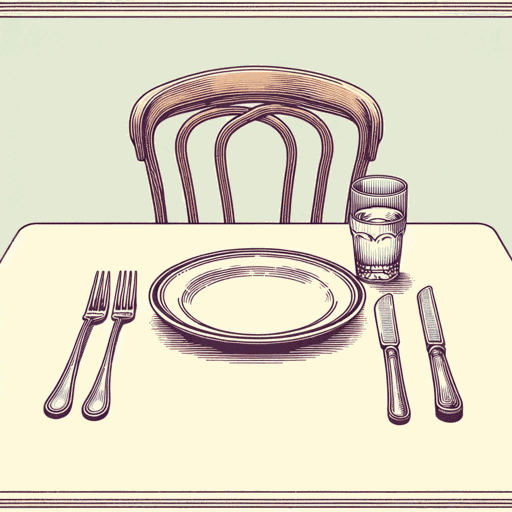
The Quiet American
Graham Greene
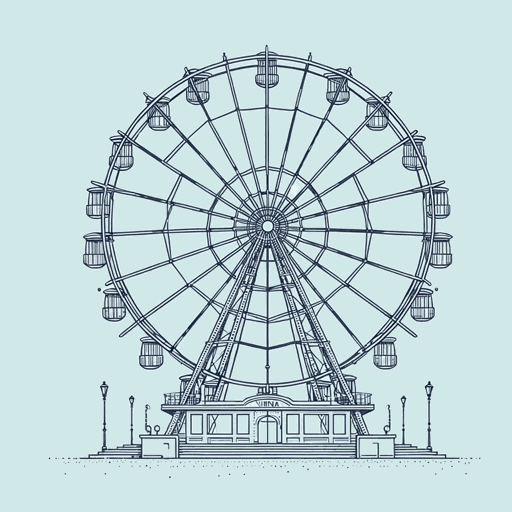
The Third Man
Graham Greene
